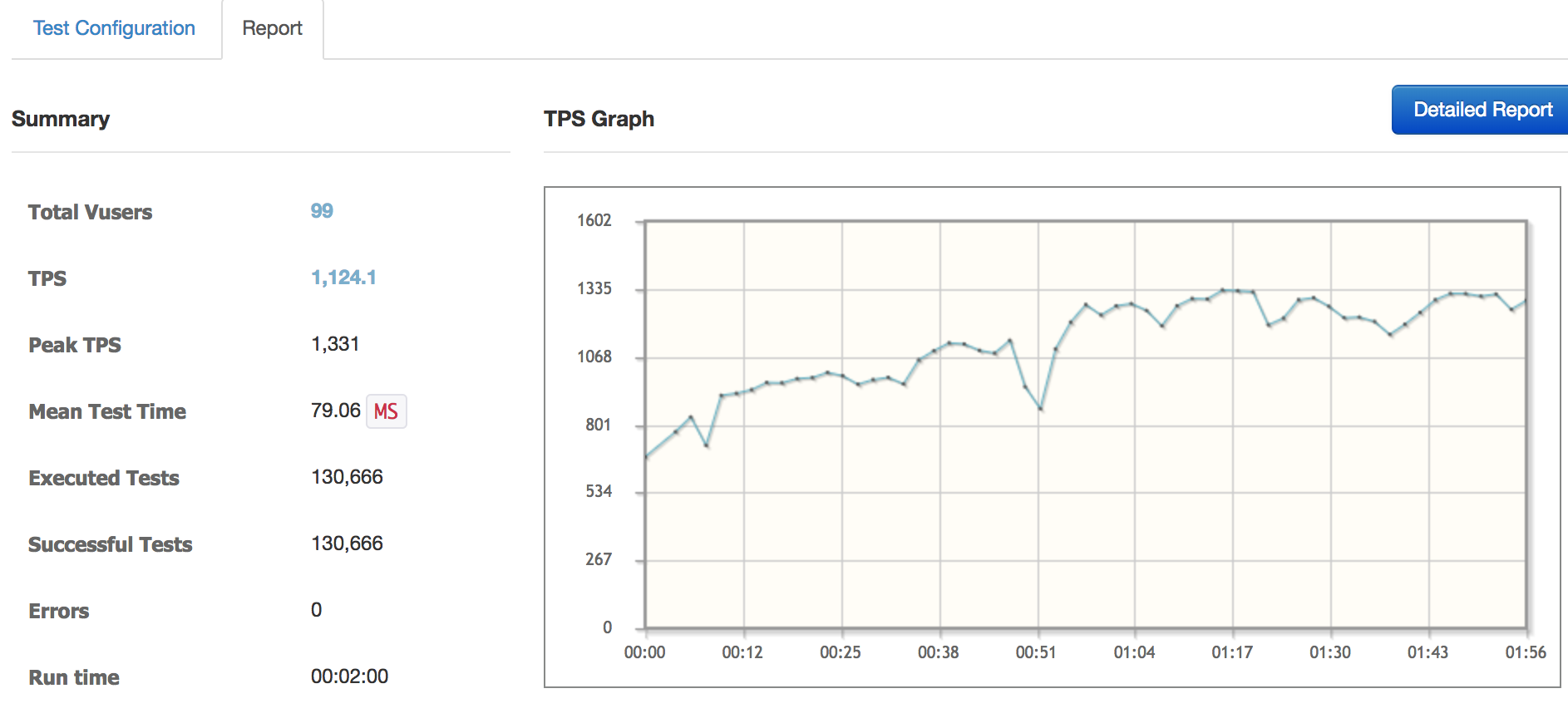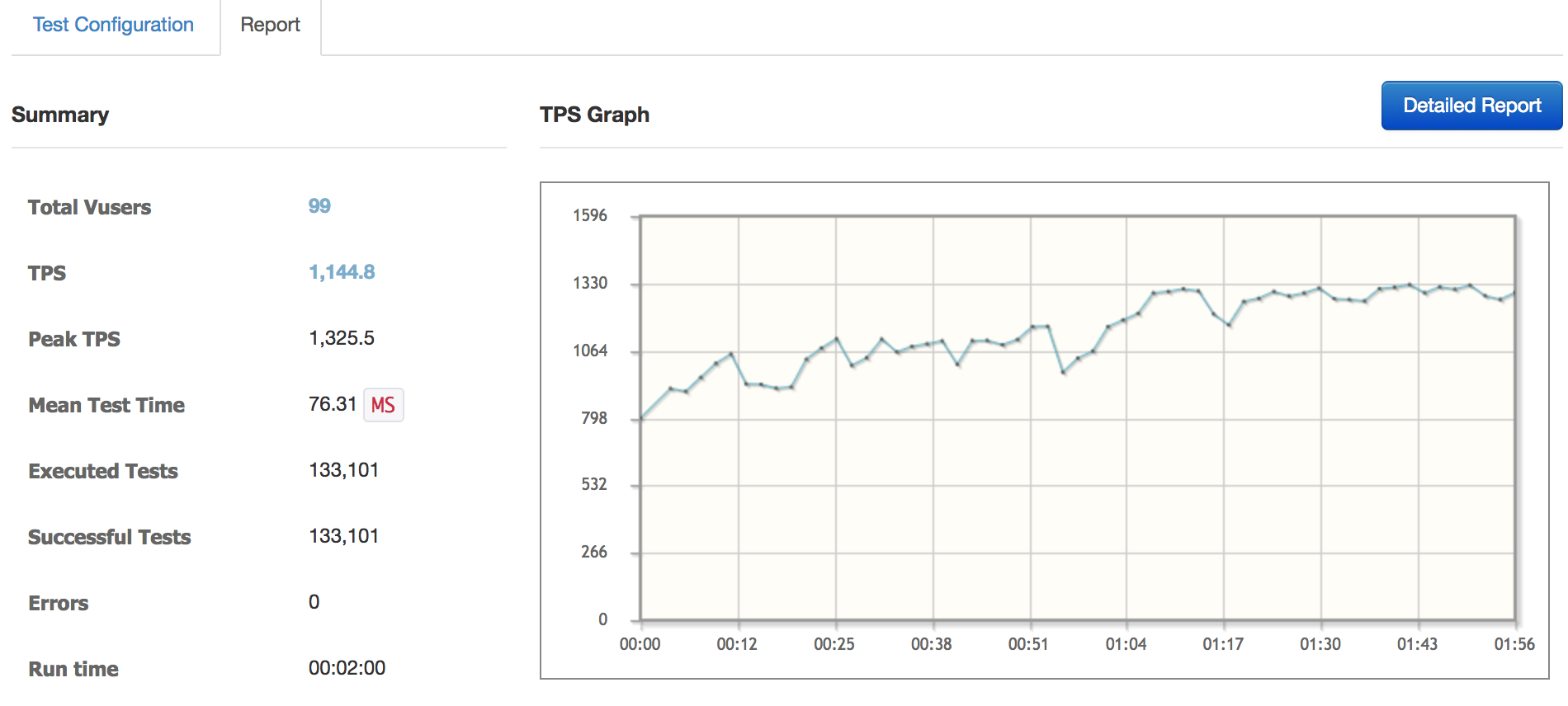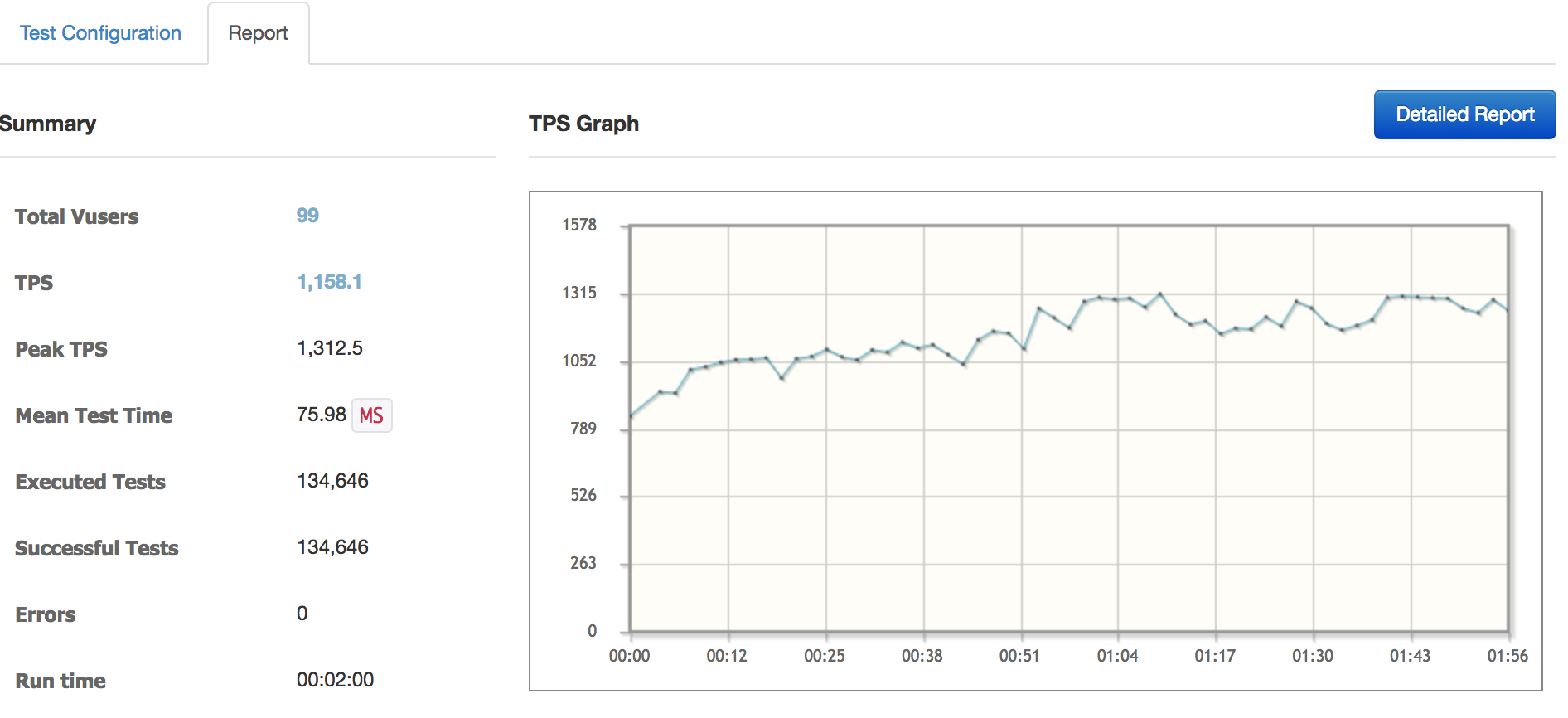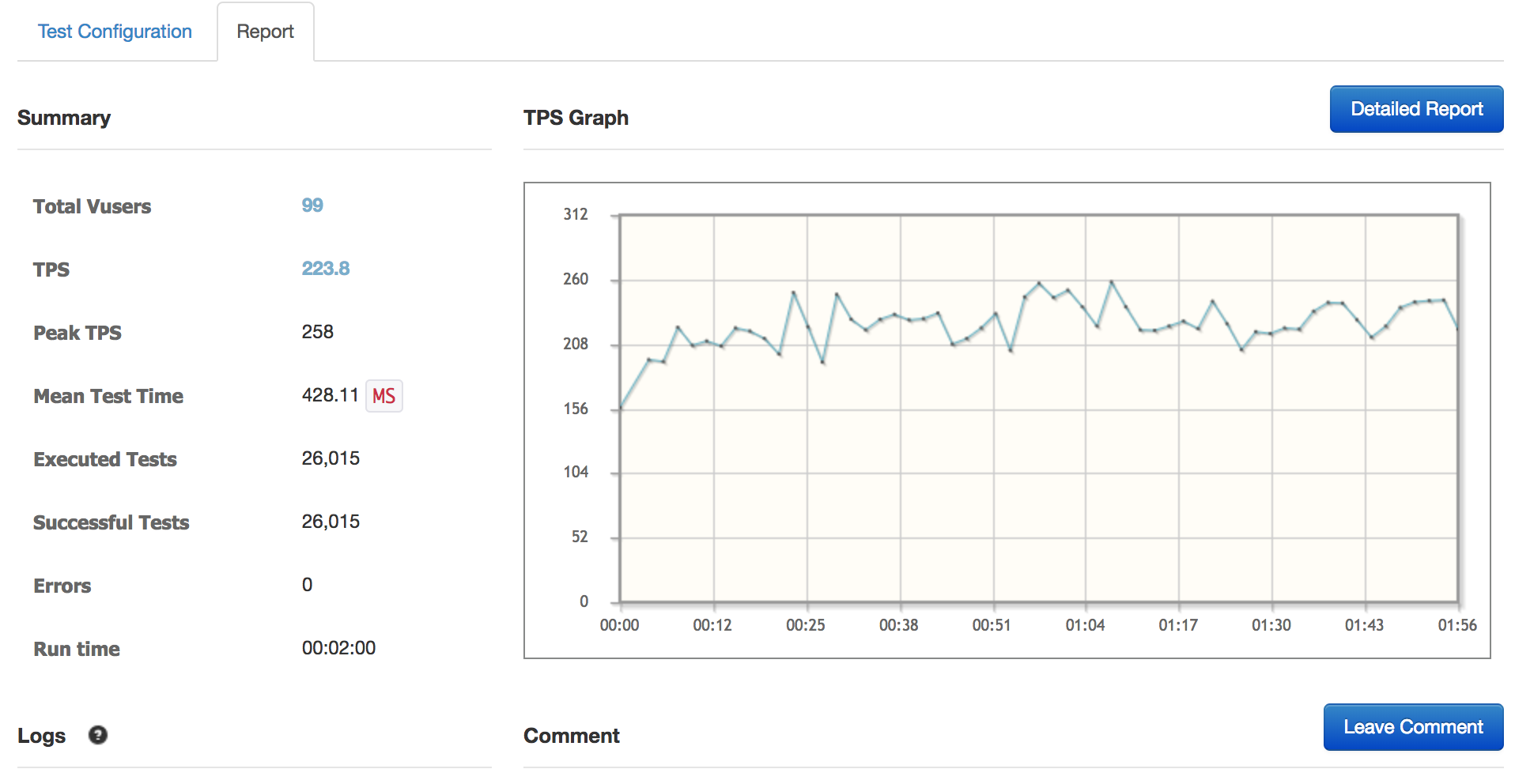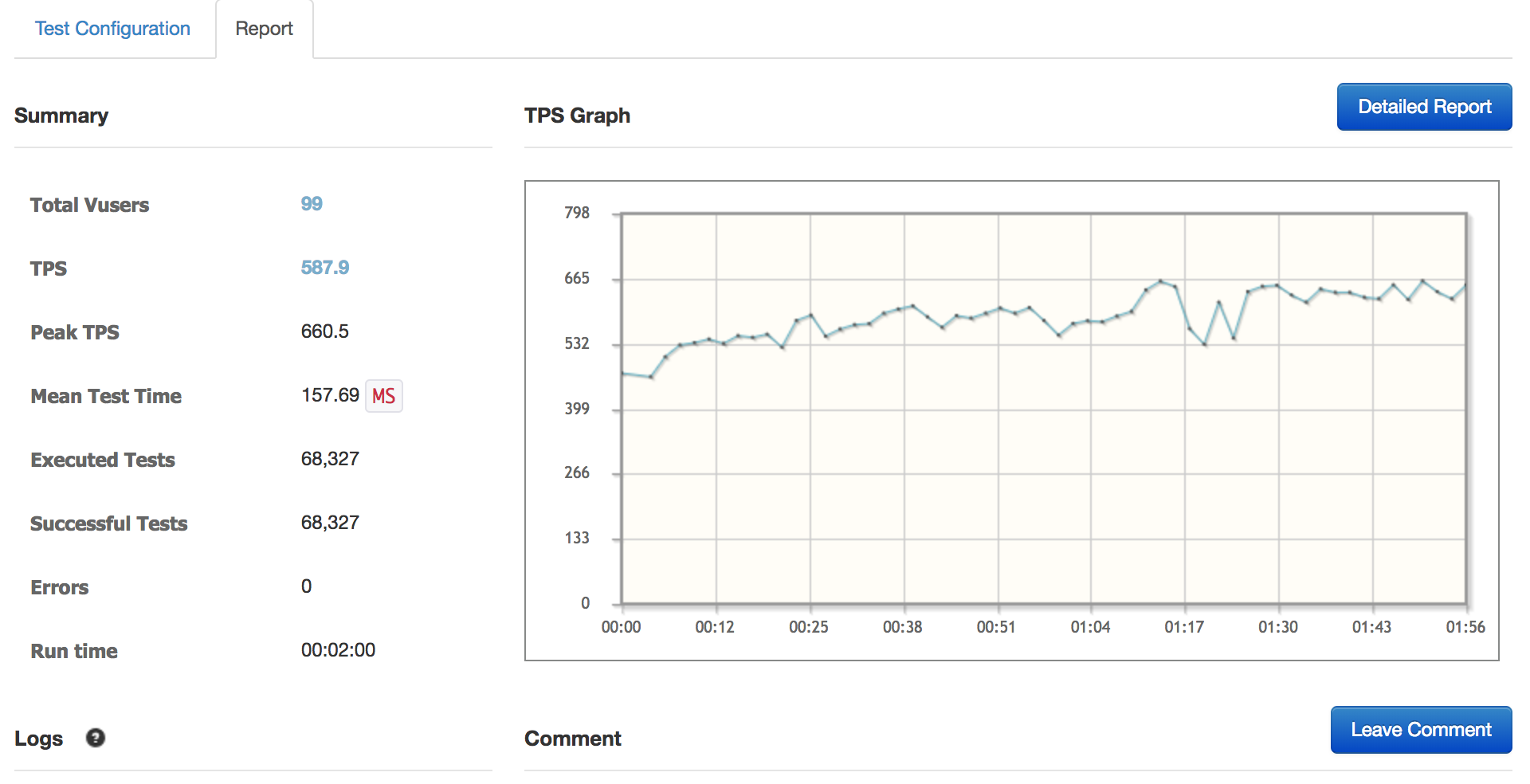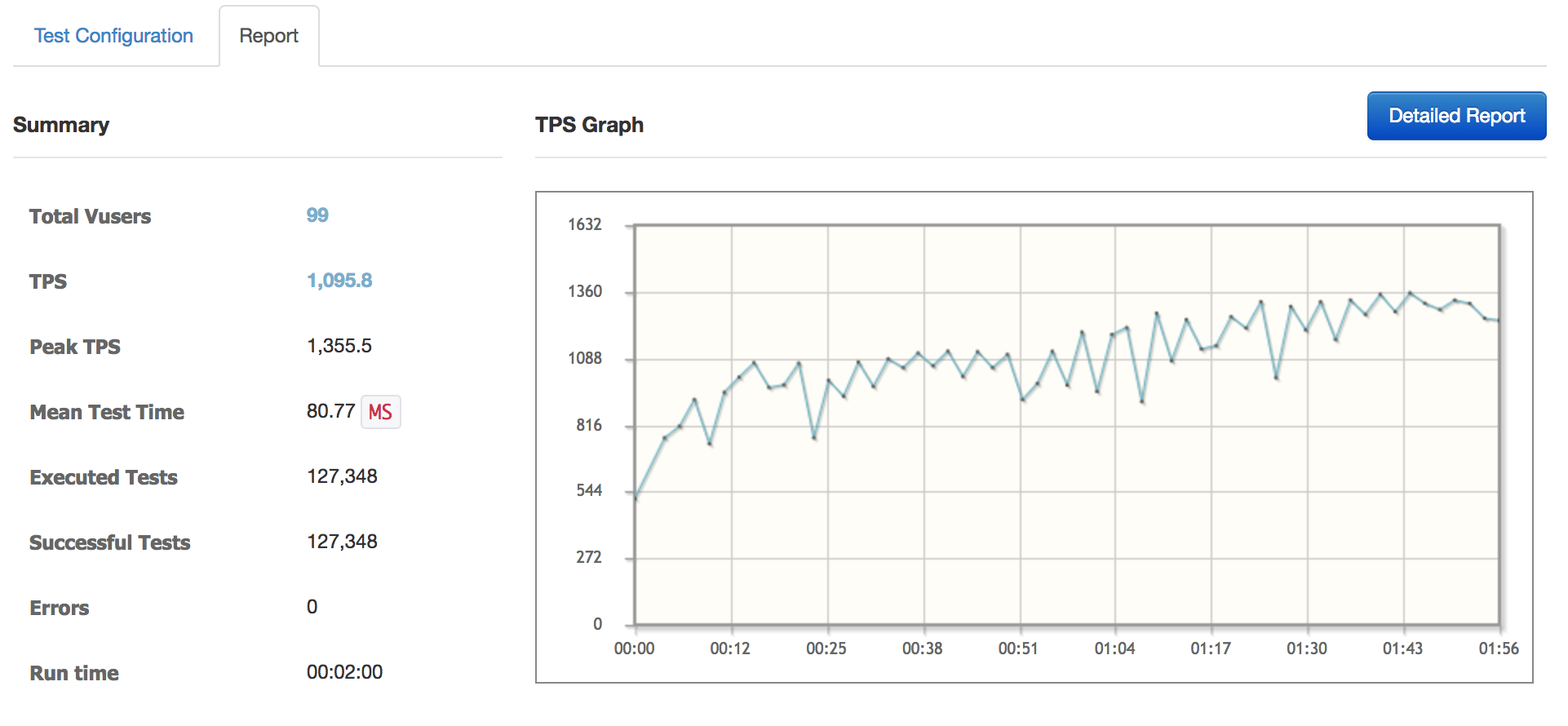Java Image Performance
by twosunny
실제 업무에서 Java로 image를 처리하여 서비스 하는 경우는 그렇게 많지 않을것이다.
예시 프로젝트를 통해, Java로 이미지를 읽고, 가공하고, 다시 인코딩을 하는 일련의 과정을 쓸 예정이다.
하지만 이미지 처리에서 가장 중요한 건 역시 속도다. 멋있는 이미지를 서버에서 만들었다 해도, 다수의 접속자가
쾌적하게 그 이미지를 볼수 있어야 한다.
그런 의미에서 performance 중심 위주로 기술하려고 한다.
예시 프로젝트 소개
아래와 같은 1~9까지의 이미지 조각들을 읽어서(image decoding),









각 조각 이미지를 BufferedImage를 이용하여 합친뒤, 합친 이미지를 아래와 같이 png로 변환(image encoding)
할 것이며, 각 단계에 따른 속도 측정을 할 예정이다.(stress tool은 ngrinder를 사용 )

예시에 사용된 모든 소스는 여기에 가면 볼수 있다
이미지 로딩
숫자 9개의 이미지를 모두 로딩해 보자. ImageIO를 사용하여 아래 3가지 방법으로 이미지를 로딩 후 BufferedImage로 변환 한다.
- 단순 file path 로 로딩
public BufferedImage getImage(String filePath) throws IOException{
BufferedImage image = null;
image = ImageIO.read(new File(filePath));
return image;
}성능 측정 결과
- Java NIO 로 로딩
public BufferedImage getImageByNio(String filePath) throws IOException {
BufferedImage image = null;
Path path = Paths.get(filePath);
ByteArrayInputStream bais = null;
try {
if(Files.exists(path)) {
byte[] imageBytes = Files.readAllBytes(path);
bais = new ByteArrayInputStream(imageBytes);
image = ImageIO.read(bais);
}
}catch(Exception e) {
e.printStackTrace();
}finally {
if(bais != null) bais.close();
}
return image;
}성능 측정 결과
- BufferedInputStream 로 로딩
public BufferedImage getImageByBuffered(String filePath) throws IOException {
BufferedImage image = null;
FileInputStream fis = null;
BufferedInputStream bis = null;
try {
fis = new FileInputStream(new File(filePath));
bis = new BufferedInputStream(fis);
image = ImageIO.read(bis);
}catch(Exception e) {
e.printStackTrace();
}finally {
if(bis != null) bis.close();
if(fis != null) fis.close();
}
return image;
}성능 측정 결과
약간의 차이가 있긴 하지만, 어떤 방식이던간에 이미지 데이터 자체를 로딩하고, ImageIO를 통해 BufferedImage를 만드는 속도 차이는 피부로 느낄만한 수준이 아니다.
이미지 합치기 및 이미지 인코딩
간단한 restful api 를 만들어 api를 호출하면 이미 로딩된 1~9까지의 이미지를 합치고, png로 인코딩후, png 자체를
response로 리턴하게 한다.
api 소스는 아래와 같다.
@RequestMapping("/combineImages")
public ResponseEntity<byte[]> combineNumbers(HttpServletRequest request,
HttpServletResponse response){
HttpHeaders headers = new HttpHeaders();
headers.setContentType(MediaType.IMAGE_PNG);
ImageWriterType writerType = null;
String write = request.getParameter("write");
if(StringUtils.isEmpty(write) || write.equals("1")) {
writerType = ImageWriterType.ImageIO;
}else if(write.equals("2")) {
writerType = ImageWriterType.JDELI;
}else {
writerType = ImageWriterType.OBJECTPLANET;
}
BufferedImage image = new BufferedImage(150, 150, BufferedImage.TYPE_INT_ARGB);
Graphics2D graphics = image.createGraphics();
int x = 0;
int y = 0;
for(int i=1;i<10;i++) {
BufferedImage numberImage = imageMap.get(i);
graphics.drawImage(numberImage, x, y, null);
x += 50;
if(i%3 == 0) {
x = 0;
y += 50;
}
}
graphics.dispose();
ByteArrayOutputStream baos = new ByteArrayOutputStream();
imageService.writeImage(writerType, baos, image);
return new ResponseEntity<byte[]>(baos.toByteArray(), headers, HttpStatus.OK);
}
먼저 150X150 의 BufferedImage를 생성후, 이미 로딩된 1~9까지의 이미지를 합치고, 그 다음
png로 인코딩 후, response로 던져주는 소스이다.
합쳐진 이미지에 대한 png enconding은 아래와 같은 3가지 방식으로 처리 했다.
- ImageIO 인코딩
public void writeImage(OutputStream outputStream, BufferedImage image) throws IOException{
try {
ImageIO.write(image, "png", outputStream);
}catch(Exception e) {
e.printStackTrace();
}finally {
if(outputStream != null) outputStream.close();
}
}성능 측정 결과
public void writeImage(OutputStream outputStream, BufferedImage image) throws IOException {
try {
PngEncoder encoder = new PngEncoder();
encoder.setCompressed(true);
encoder.write(image, outputStream);
}catch(Exception e) {
e.printStackTrace();
}finally {
if(outputStream != null) outputStream.close();
}
}성능 측정 결과
public void writeImage(OutputStream outputStream, BufferedImage image) throws IOException {
try {
PngEncoder encoder = new PngEncoder();
encoder.setColorType(PngEncoder.COLOR_TRUECOLOR_ALPHA);
encoder.setCompression(PngEncoder.DEFAULT_COMPRESSION);
encoder.encode(image, outputStream);
}catch(Exception e) {
e.printStackTrace();
}finally {
if(outputStream != null) outputStream.close();
}
}성능 측정 결과
BufferedImage를 png로 인코딩 시키는데 있어서, 어떠한 라이브러리를 쓰는지에 따라서 굉장한 차이가 나는것을 볼수 있다. 적어도 Java에서 image를 생성하여 실시간 서비스를 하기 위해서는, ImageIO로 png를 생성하는 부분은 피하는게
좋을것 같다.
마치며
Java image 처리는 위에 글 외에, blending composite, xBRZ 등 여러 이미지 가공이 가능하다.
대용량 트래픽에서 실시간으로 이미지를 읽고, 디코딩하고, 합성하고, 다시 인코딩 하는 처리는 부담스러울수 밖에 없다. 특히 java에서 image를 인코딩, 디코딩 하는 부분은 예상외로 시간이 좀 걸린다.
소스단에서 이미지 처리 프로세스를 하나하나씩 점검하면서, 계속 튜닝을 해야할 것이다. 또한 File I/O 가 빈번히 일어나며, 이미지 처리 특성상 cpu도 많이 사용함으로, 하드웨어적으로는 SSD 및 고사양 CPU가 받쳐준다면, 유저 서비스하는데 큰 무리는 없을 것이다.
예제에 사용된 모든 소스는 여기에서 볼 수 있다.
Subscribe via RSS

